This is a complete guide to all things monkey branching in relationships including things like,
- Defining what a monkey branching relationship is (in case you didn’t already know)
- Who Is More Likely To Monkey Branch (Men Or Women?)
- How Long Does A Monkey Branching Relationship Typically Last?
- The Psychology Of Monkey Branchers
- What The Success Rate Is Of A Monkey Branching Rebound?
Enough talk.
Let’s jump right in.

What Are Your Chances of Getting Your Ex Boyfriend Back?
Take the quizWhat Is A Monkey Branching Relationship?
So let’s start by defining what a monkey branching relationship is and what it looks like.
Monkey branching is essentially when one person moves from one relationship to the next, similar to a monkey swinging from one tree to another. Often, someone who engages in monkey branching will start preparing for their next potential partner while still being in a relationship with their current partner.
We frequently observe this phenomenon in the context of ex-boyfriend recovery, particularly with rebound relationships.
For instance, a client may come to us and say,
‘My ex moved on to someone new, and they met this new person while we were still together.’
In such cases, it is highly likely that a monkey branching relationship is occurring.
Since our website primarily caters to women going through breakups, although we also provide support to men, it led me to ponder the question of who is more prone to monkey branching: men or women?
Who Is More Likely To Monkey Branch (Men or Women?)
The answer is actually quite simple:
It’s men.
Sorry guys… but science actually backs me up.
I came across a study conducted by Casey Shimek and Richard Bellow,
Shimek, C., & Bello, R. (2014). Coping with Break-Ups: Rebound Relationships and Gender Socialization. The Social Sciences.
In 2014, they conducted a study with 201 participants and found that men were more likely to enter rebound relationships after breakups.
This tendency in men can be attributed to lower social support, stronger emotional attachment to an ex-partner, and a ludus love style characterized by game-playing.
Other research has also supported these findings, highlighting the significant differences in how men and women grieve during the post-breakup process.
Women are more inclined to seek social support from therapists, communities, friends, or family. They express their feelings, process their emotions, and, although they may initially feel intense distress, they tend to overcome it in the long run.
Men, however, often face societal expectations that they should handle their emotions independently.
As a result, they are less likely to confide in friends, family, or seek support from communities or therapists.
Consequently, men tend to hold onto grief for a longer period, making it more challenging for them to move on from a relationship.
Monkey branching, although an unhealthy coping mechanism, becomes a common behavior for them, as it serves as a distraction from emotional attachment, provides a source of support, and satisfies their ludic tendencies.
It is important to note that women are also capable of engaging in rebound relationships; however, societal expectations regarding seeking support make them less reliant on distractions like rebounds to cope with breakup grief.
But this leads me to the next significant question:

What Are Your Chances of Getting Your Ex Boyfriend Back?
Take the quizHow Long Does A Monkey Branching Relationship Typically Last?
To answer that, let’s draw from our research on rebound relationships.
Essentially, a monkey branching relationship is a quicker version of a rebound relationship, with a slightly shorter duration.
Based on our findings from client data, the average rebound relationship lasts around 5.2 months, which is approximately half a year. However, I believe that chronic monkey branchers tend to move on even quicker and spend less time in each relationship so that 5.2 month mark might be a bit higher for someone in a pattern of monkey branching. It might be closer to something like 3 months.
My hypothesis is that individuals who engage in monkey branching are constantly seeking the “high” of the honeymoon period.
I had a friend in college who exemplified this behavior.
After a difficult breakup, instead of processing and discussing the breakup, he chose to go on multiple rebounds, dating as many girls as possible.
He became enamored with the thrill of the chase. While being with one girl, he would already start seeking out the next one.
He wouldn’t cheat on them but would date them for a month or two and then quickly break up to move on to the next girl.
Observing this, I realized that it had little to do with the girls themselves. It was more about his trauma from the previous breakup, as that one had been particularly painful for him. He never wanted that breakup, and it influenced his attachment style in a very negative way.
Interestingly this all aligns with the research I cited in the previous section.
- Men are more likely to rebound (my friend was a male)
- Men don’t talk about their breakup and so it stays with them longer (he didn’t talk much about the girl who broke up with him)
And I think this seamlessly leads us to the next discussion point revolving around psychology.
Understanding The Psychology Of A Monkey Brancher
To understand the psychology of monkey branchers, it is crucial to examine the attachment style of the average monkey brancher.
Since we know that most of our clients exes tend to have avoidant attachment styles,
And many aspects described in monkey branching relationships align with an avoidants M.O. I feel like my research on the “relationship death wheel” is particularly relevant.
The relationship death wheel explores the perspective of avoidance during a breakup.
For those unfamiliar, an avoidant individual prioritizes their independence and autonomy above all else.
If they perceive a threat to their independence or autonomy within a relationship, over time, they lose interest and seek someone else. The relationship death wheel outlines the cycle that an avoidant individual, more prone to monkey branching, tends to engage in.
It consists of eight stages:
- The ex expresses the desire to find someone to love them.
- They find someone and believe their problems are solved. This represents the honeymoon period, which is highly sought after by most monkey branchers.
- The excitement of the honeymoon period fades, and they start noticing worrisome aspects.
- This leads to the desire to leave the relationship.
- They eventually end the relationship.
- They experience a sense of elation due to the separation, feeling happy about their decision and believing they made no mistake.
- However, loneliness begins to set in.
- They start questioning why they can’t find the right person, leading them to seek out someone new again.
Engaging in rebound relationships is quite common for individuals following this pattern.
A valuable resource I recommend for further understanding avoidance is a website called freetoattach.com. I’ll quote directly from there to support my previous statements:

What Are Your Chances of Getting Your Ex Boyfriend Back?
Take the quizExperts in repressing emotions, they do not feel much initially, typically appear to recover quickly after relationships and can move on fast, more comfortable seeking a new pursuit situation. They envisage that a new person could be the solution to their woes.
The psychology of a monkey brancher shares similarities with that of an avoidant. While I’m not suggesting that every monkey brancher is an avoidant, there is a connection between the two. The challenging aspect of the monkey branching cycle is that it becomes a repeating pattern that they struggle to escape. To demonstrate this, we need to examine the success rate of monkey branching rebound relationships.
The Success Rate Of Monkey Branching Relationships
When considering rebound relationships as a whole, I searched for research on how often these relationships transition from being rebound relationships to becoming long-term ones.
Honestly there wasn’t much to pull from (once again, research on rebounds and breakups is criminally underfunded) but what findings I did find… well,
They showed a generally low success rate.
However, in my opinion, the success rate depends on two distinct factors.
- Satisfaction After The Honeymoon Period
- Investment
Let’s look at each.
Satisfaction After The Honeymoon Period
The first factor is the level of satisfaction after the honeymoon period.
This can be seen as the initial test for someone in a monkey branching rebound relationship.
Monkey branchers are seeking that high or the belief that they have found someone and their problems are over, which aligns with the phase in the relationship death wheel.
(The peach stage #2 is the stage I’m talking about here.)
However, we know that the honeymoon period eventually wears off as evidence in these two graphics,
Honeymoon period in full force,
And honeymoon period wears off,
If they remain highly satisfied in the relationship AFTER the honeymoon period wears off, they are more likely to stay.
But if their satisfaction diminishes and they were only seeking the initial high, they are likely to move on to the next person.
However, I believe that the level of satisfaction after the honeymoon period pales in comparison to the next factor, which is investment.
Investment
How much have they invested in the relationship?

What Are Your Chances of Getting Your Ex Boyfriend Back?
Take the quizWhen we examine why people continue to stay in an unhappy situation, we often find that it’s due to the amount they have invested in the relationship. They don’t want their time to have been in vain.
In some cases, there may be children involved, and breaking up a marriage could negatively impact the child’s experience. Therefore, the level of investment becomes an important factor.
Now, what does this look like for a monkey branching individual?
Typically, monkey branchers do not stay in relationships for long periods. The duration of the relationship is often the determining factor.
We have found that a rebound is no longer considered a rebound after six months.
If your ex is with someone new for longer than six months, that relationship is no longer categorized as a rebound and is seen as a real relationship.
Monkey branchers, however, usually do not invest a significant amount of time into a new relationship. If they believe their problems are solved, are infatuated with the chase of the honeymoon period, or are seeking that high, once the honeymoon period fades, they are likely to move on to the next person.
However, if they can sustain their satisfaction beyond the honeymoon period and invest at least six months into the relationship, then the monkey branching rebound can be considered a success.
It transcends the rebound label.
Nevertheless, what we have found almost universally is that individuals who consistently engage in a pattern of monkey branching from one relationship to the next are unlikely to have successful long-term relationships.
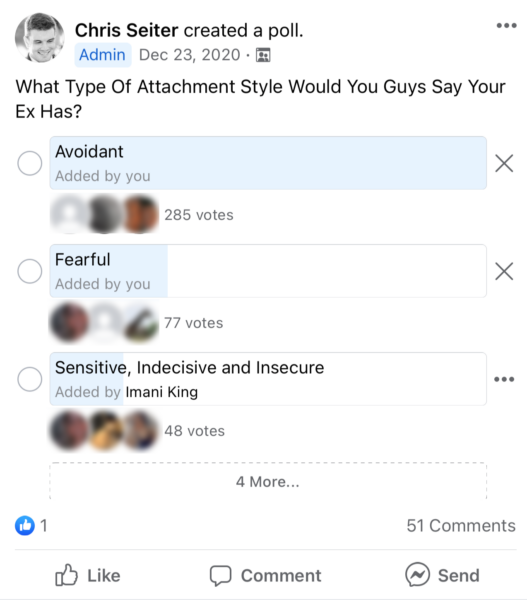
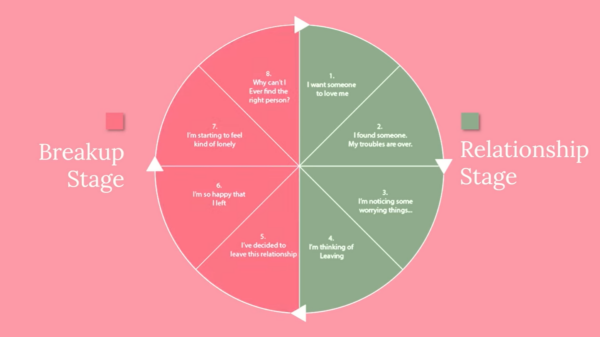
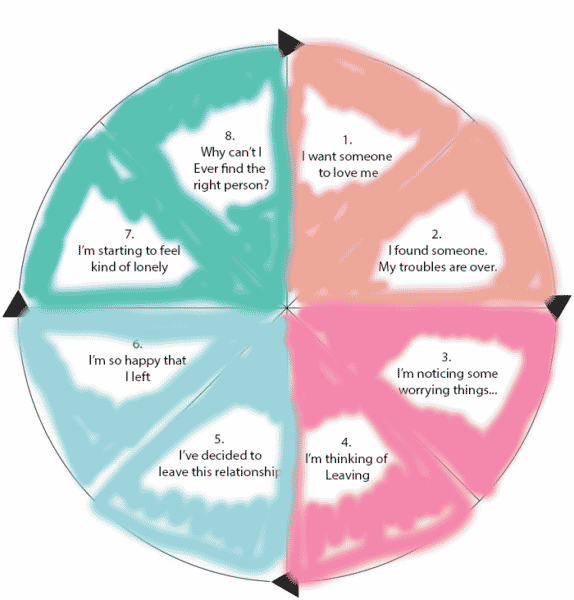
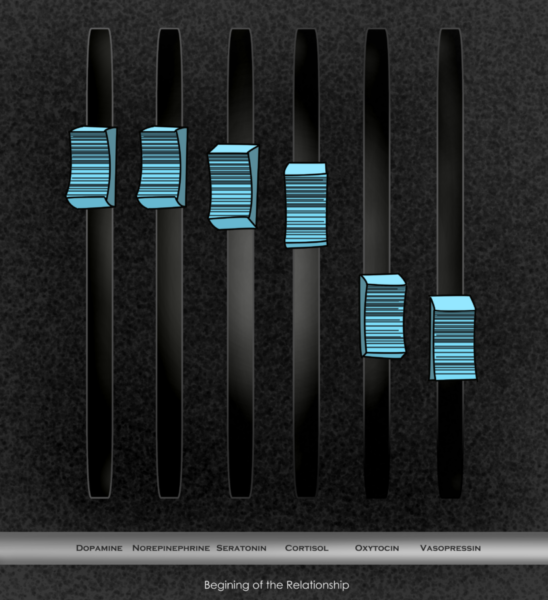
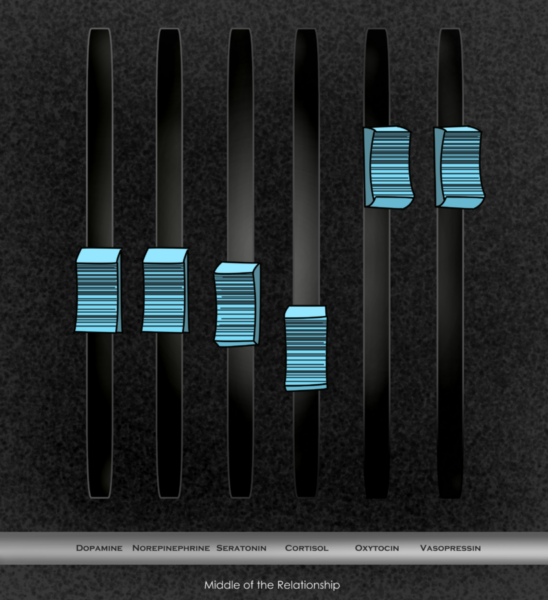
Dan
August 8, 2024 at 10:55 am
Monkey branching and rebound relationships are 2 different things. I’m sorry, but, after reading the studies you are reffering to, one cannot say that men are more likely to monkey branch. The same studies (and other literature) say that women are the vast majority of break-up initiators. Hence men tend to enter rebound relationships only AFTER the break-up was initiated by the woman. Monkey branching is (as the article also says) preparing for a new relationship while in a previous one. The studies you refer to make no reference to this. Check again the relevant literature, psychologists opinions and maybe re-write the article ?